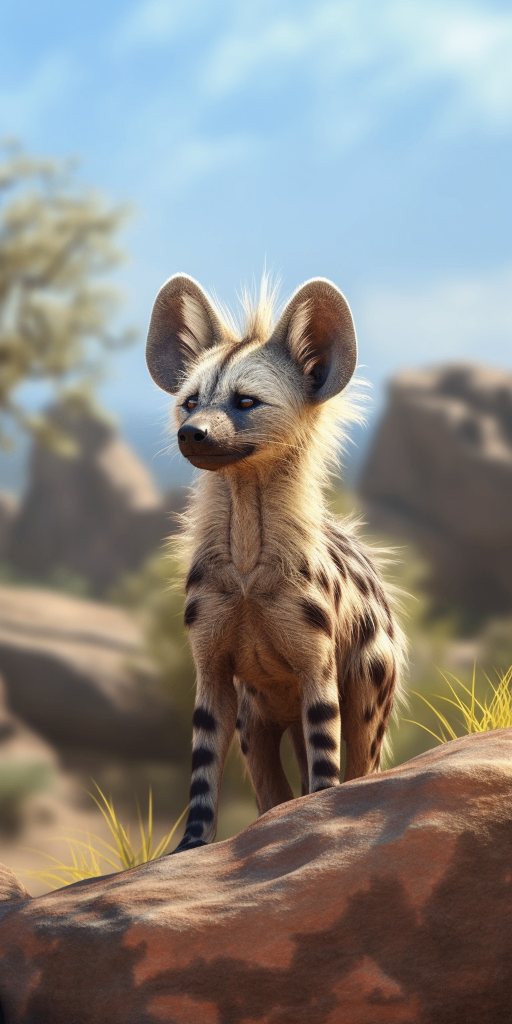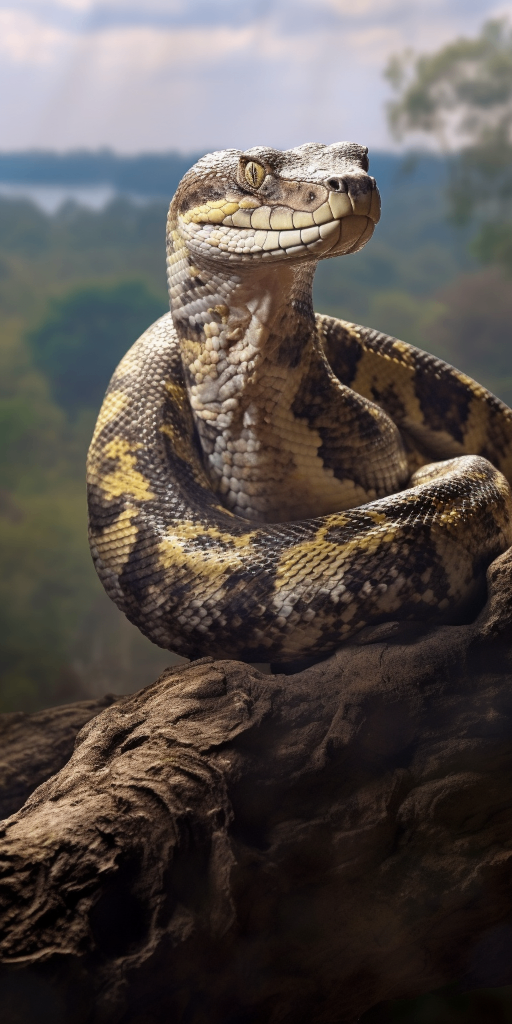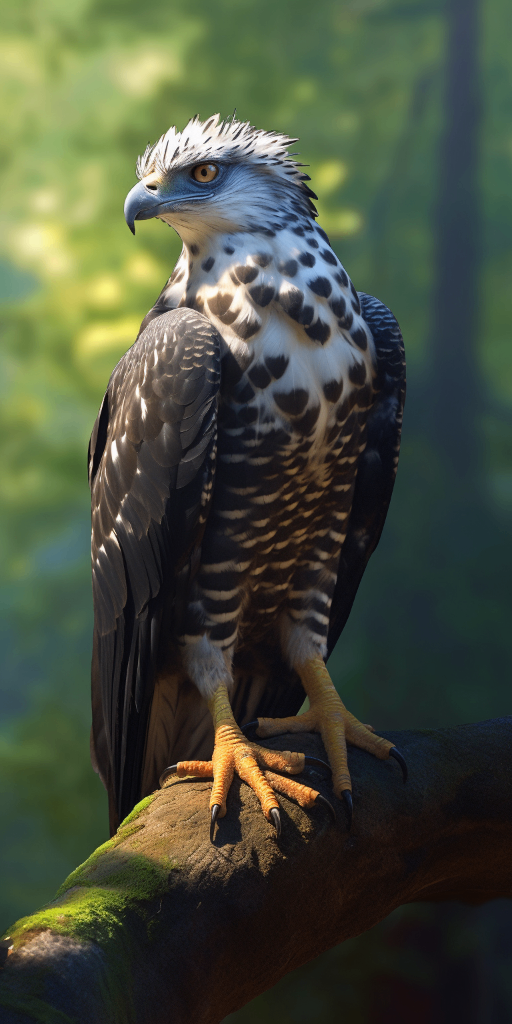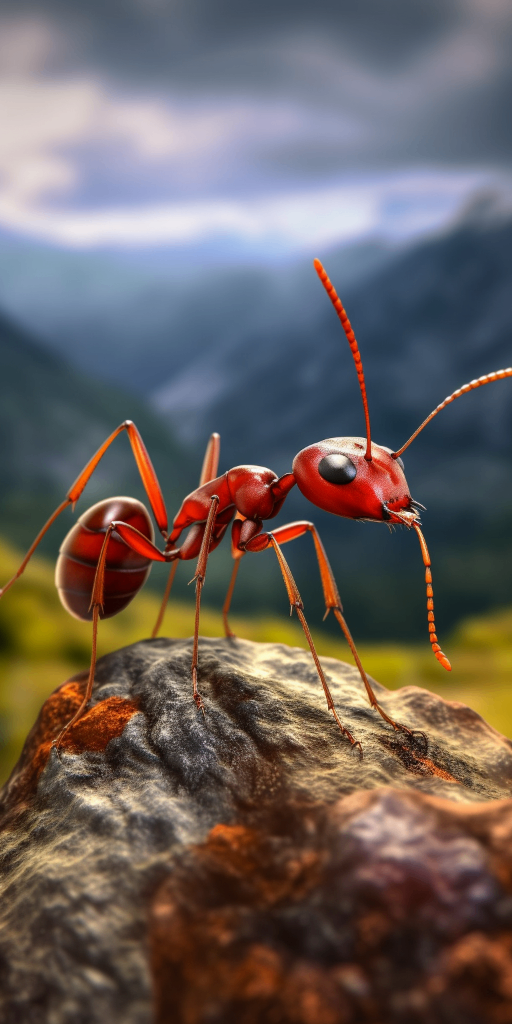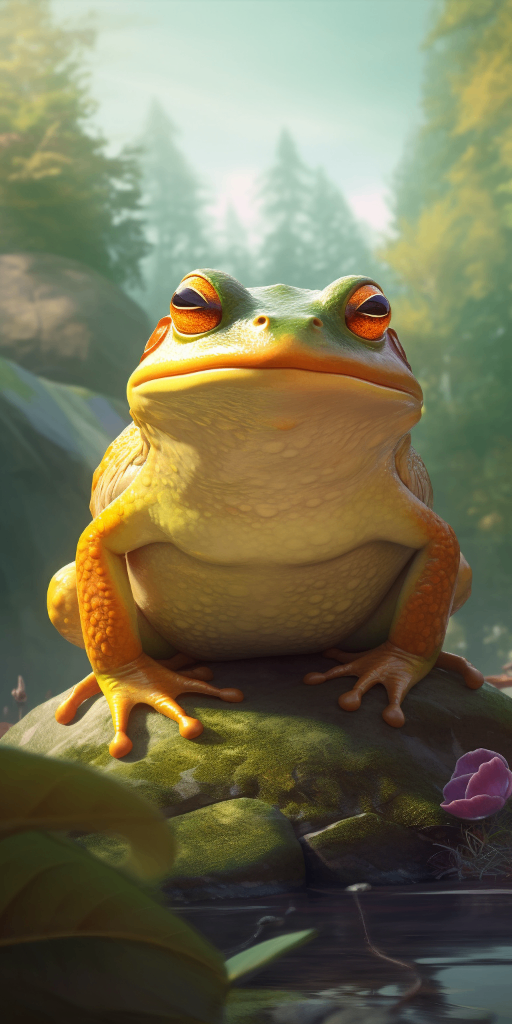The Gargoyle Gecko
The Gargoyle Gecko, also known as the New Caledonian Bumpy Gecko, is a species native to the island of New Caledonia. These geckos are easily recognized by their bumpy skin and unique color patterns, which can range from vibrant reds and oranges to earthy browns and greens. They are arboreal creatures, meaning they spend most of their time in trees, and have specialized toe pads that allow them to climb vertical surfaces with ease. Gargoyle Geckos are nocturnal and feed on a diet of insects.
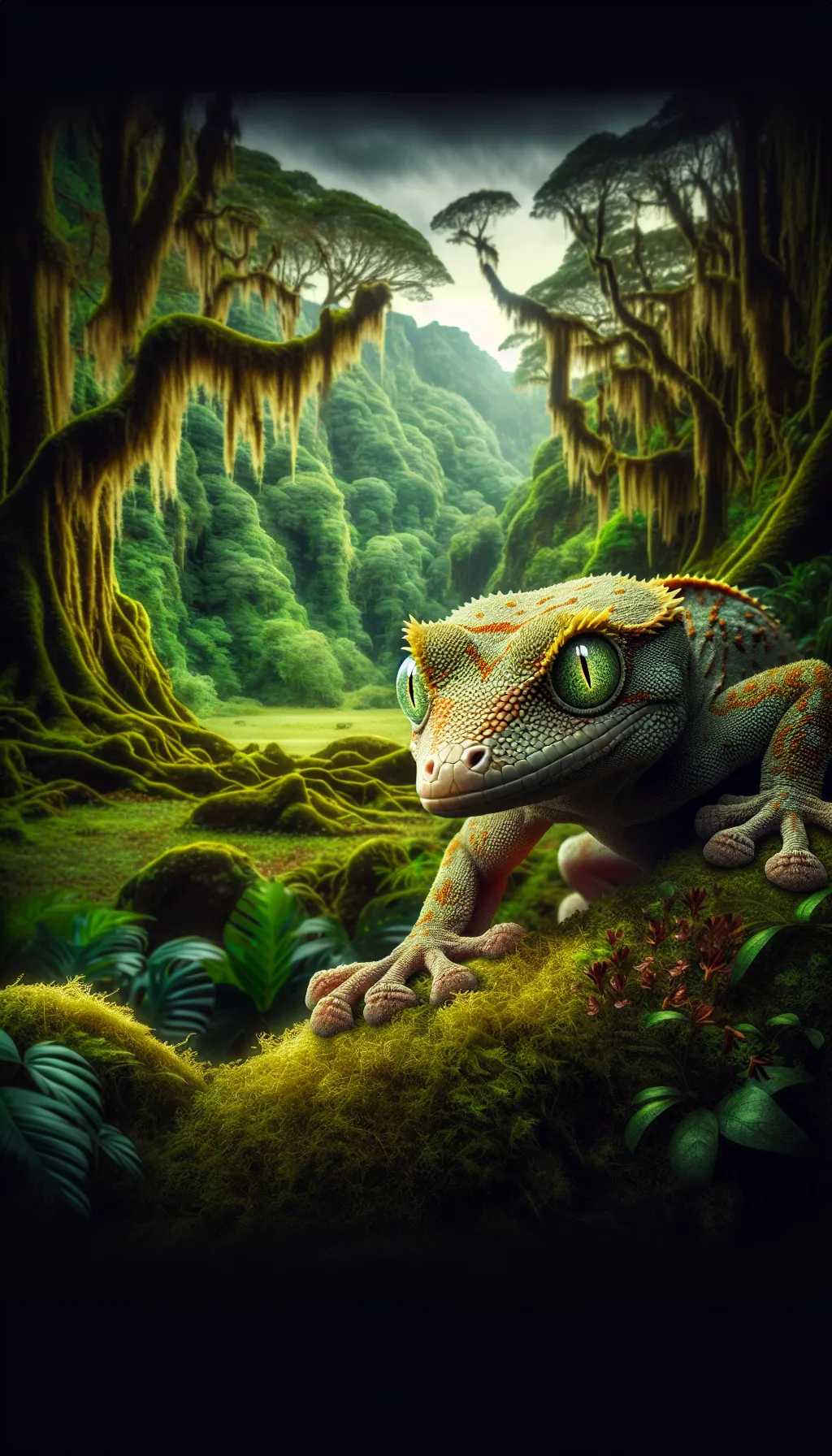
| Gargoyle Gecko | |
|---|---|
| Size | Around 8 inches (20 cm) |
| Weight | About 60 grams (2.1 oz) |
| Speed | 3-6mph (5-10km/h) |
| Key Strength | Climbing ability |
| Biggest Weakness | Size |
| Scientific Name | Rhacodactylus auriculatus |
| Family | Diplodactylidae |
| Habitat | Forests |
| Geography | New Caledonia |
| Diet | Insects, fruit, and nectar |
| Lifespan | 10 years - 15 years |

The Gargoyle Gecko
The Gargoyle Gecko, also known as the New Caledonian Bumpy Gecko, is a species native to the island of New Caledonia. These geckos are easily recognized by their bumpy skin and unique color patterns, which can range from vibrant reds and oranges to earthy browns and greens. They are arboreal creatures, meaning they spend most of their time in trees, and have specialized toe pads that allow them to climb vertical surfaces with ease. Gargoyle Geckos are nocturnal and feed on a diet of insects.
Fun Fact: Gargoyle Geckos are known for their ability to regenerate their tails if they happen to lose them, a common defense mechanism used by many lizard species.
| Gargoyle Gecko | |
|---|---|
| Size | Around 8 inches (20 cm) |
| Weight | About 60 grams (2.1 oz) |
| Speed | 3-6mph (5-10km/h) |
| Key Strength | Climbing ability |
| Biggest Weakness | Size |
| Scientific Name | Rhacodactylus auriculatus |
| Family | Diplodactylidae |
| Habitat | Forests |
| Geography | New Caledonia |
| Diet | Insects, fruit, and nectar |
| Lifespan | 10 years - 15 years |
Gargoyle Gecko Matchups
We use AI to simulate matchups between the Gargoyle Gecko and other animals. Our simulation considers size, strength, and natural predatory behaviors to determine the most likely outcome.
Gargoyle Gecko: Diet, Predators, Aggression, and Defensive Behaviors
What do Gargoyle Geckos eat?
Gargoyle Geckos are primarily insectivores, meaning they mainly eat insects such as crickets, mealworms, and small silkworms. They can also consume fruit baby food or a commercial fruit mix as part of their diet. It is important to offer a variety of insects and occasionally dust them with calcium powder to ensure they receive the proper nutrients.
Do Gargoyle Geckos have any predators?
In the wild, Gargoyle Geckos have natural predators such as birds, snakes, and larger reptiles. However, as pets, their main predators can be other household pets, such as cats or dogs. It is important to keep them in a secure enclosure to protect them from potential predators.
Are Gargoyle Geckos aggressive?
Gargoyle Geckos are generally not aggressive towards humans or other geckos. They are known for their docile and calm temperament, making them popular pets in the reptile community. However, like all animals, they may exhibit defensive behaviors if they feel threatened or stressed.
Do Gargoyle Geckos fight with each other?
While Gargoyle Geckos are not typically known for being aggressive towards each other, males may engage in territorial disputes or competition over females during breeding season. It is important to provide enough space and hiding spots in their enclosure to prevent any potential conflicts.
How do Gargoyle Geckos defend themselves?
Gargoyle Geckos have several defense mechanisms to protect themselves from predators or threats. They have the ability to drop their tail as a distraction, allowing them to escape from a predator while the tail continues to wiggle and distract the predator. They can also blend into their surroundings using their camouflage to avoid detection.
What is the biggest weakness of Gargoyle Geckos in a fight?
The biggest weakness of Gargoyle Geckos in a fight is their relatively small size and delicate body structure. Compared to larger reptiles or predators, they are more vulnerable to physical attacks. It is important to handle them with care and provide a safe environment to prevent any injuries.
Fun Fact: Unlike most geckos, Gargoyle Geckos do not have the ability to vocalize or create the iconic "chirping" sounds that other geckos make. Instead, they rely on their unique physical characteristics for communication.
Fun Fact: One interesting feature of the Gargoyle Gecko is its ability to change color based on factors like temperature and mood, allowing them to camouflage effectively in their natural habitat.



